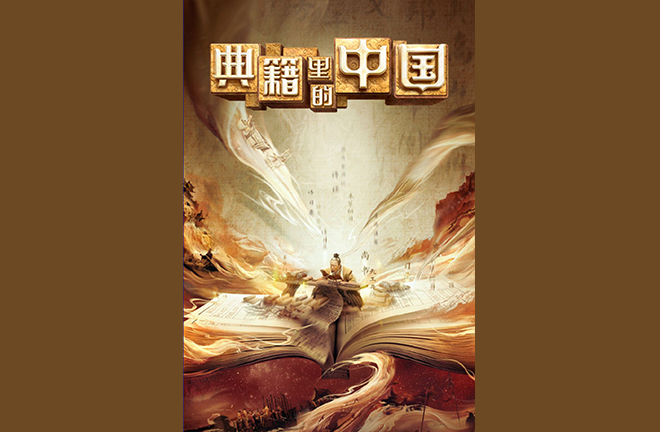Artistic presentation of intellectual symbols of Chinese civilization

FILE PHOTO: Building a system of defining symbols of Chinese civilization is key to international communication.
As an original, continuous and indigenous civilization on the world’s civilization map, Chinese civilization has gradually built its system of defining intellectual symbols over millions of years of human history, ten thousand years of cultural history, and more than five thousand years of civilizational history. Art serves as an important medium and means for distilling and presenting these intellectual symbols of Chinese civilization. Artistic works, in their various forms, are the imprints of civilization left by literary and artistic creators and serve as vital carriers for the inheritance and dissemination of civilization. They represent the essential driving forces for its forward development.
Past & present
Artworks not only vividly reflect life and its inherent intellectual qualities but also have the power to influence and even create life itself. They not only vividly reflect ideologies but also reinforce and perpetuate them through artistic reproduction and dissemination.
The five thousand-plus-year development history of Chinese civilization contains rich insights, such as harmony between nature and humanity, the spirit of constantly striving for self-improvement, and the importance of people as the foundation of the country. Numerous cultural treasures, including geographically significant sites and literary and artistic masterpieces, have become carriers of cultural influence and intellectual appeal. They also form a primary source of intellectual symbols of Chinese civilization. They traverse the corridors of time, passing down through generations and enriching future generations, collectively shaping a multi-dimensional symbol system that reflects the values and intellectual world of the Chinese people.
This symbol system constitutes the cultural memory map of the entire Chinese nation. For any culture, a “cohesive structure” associated with its continuity will emerge, linking memories of the past, contemporary identities, and future developmental trends along the longitudinal dimension of time.
“Valuing imageries and natural ways” represents crucial characteristics of the Chinese aesthetic spirit. By selecting objects that have become or are becoming intellectual symbols of Chinese civilization, we seek to explore their meanings. This can involve tracing their origins to reflect on history, or addressing current societal issues, focusing on contemporary changes, advancements in China, and the voices of the people. By highlighting real-world concerns and contemporary relevance, these “imageries”—whether abstract or concrete—serve as intermediaries to articulate intentions and artistically present the intellectual lineage of the Chinese nation.
Inheritance & innovation
Adhering to inheritance and innovation is an essential path for the development of literature and art. The artistic presentation of the intellectual symbols of Chinese civilization is an ongoing process that must continuously evolve with the times. On the basis of adhering to the correct path, that is, being guided by core socialist values, the spirit of innovation should run through the entire process of artistic creation and dissemination. In addition to exploring new content and integrating new platforms and methods for dissemination, it is also necessary to enrich the forms of artistic representation of the intellectual traits of Chinese civilization with new technologies and new concepts, ensuring they are not restricted to one pattern, one form, and one authority.
Artistic forms are inherently aesthetic and creative. In this sense, they must continually strive for renewal, embodying the principle of “If you can improve yourself in one day, do so each day, always.” “Reform and innovation,” as a social and value perspective, is one of the core tenets and intellectual symbols of Chinese civilization.
Innovative works, infused with artistic spirit and ingenuity have brought to life the cultural relics cherished in museums, the heritage scattered across China, and the characters engraved in ancient classics, achieving an organic connection between tradition and modernity, refreshing people’s minds, promoting the creative transformation and innovative development of fine traditional Chinese culture, and enhancing the appeal and influence of Chinese civilization.
Only in this way can literature and art shoulder the cultural mission entrusted by the times and the people, boost the prosperity of cultural undertakings and industries, and contribute to the construction of a modern Chinese civilization.
Niu Guangxia is a professor from the Media & Communication College at Shandong University of Arts.
Edited by ZHAO YUAN

 PRINT
PRINT CLOSE
CLOSE